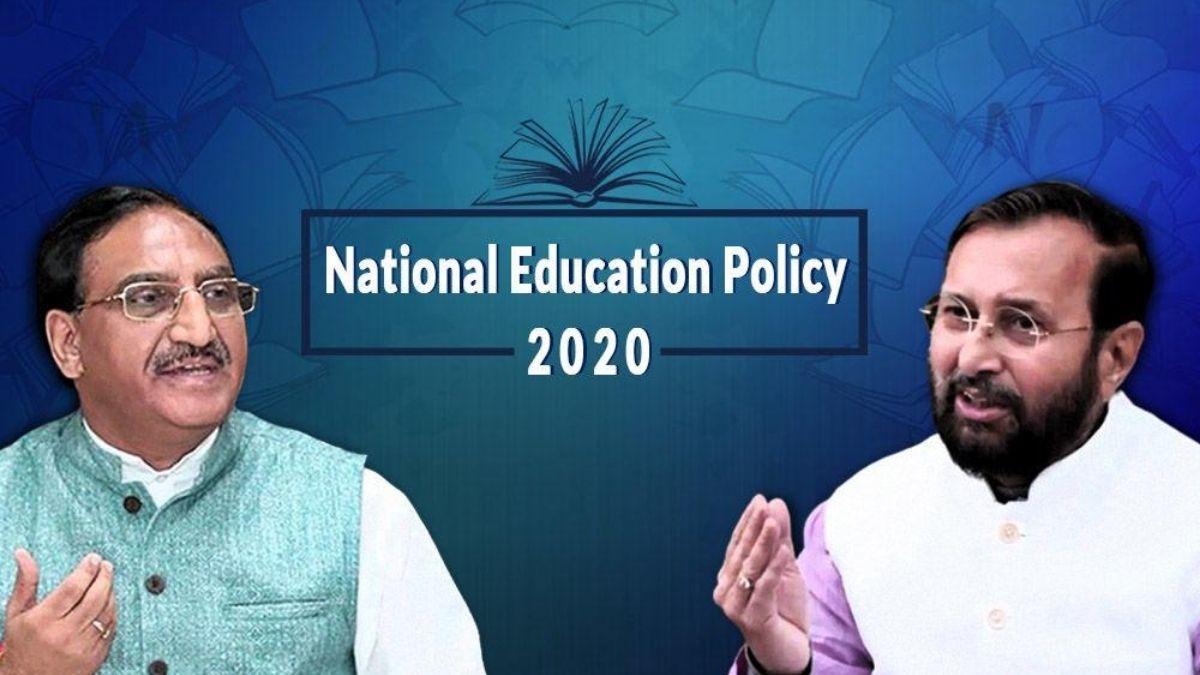The New Education Policy (NEP) 2020 which was long overdue recently made headlines. For an educational reform, and to lessen the burden on students, the NEP didn’t quite give justice to itself as it explained the drawbacks in the old policy and introduced new ones in roughly 440 pages. NEP 2020 aims to provide online classes in regional languages, reduction of curriculum to core concepts, providing vocational training to children below the age of 14, reviving dead languages like Sanskrit, Pali, Prakrit; and a single Entrance Examination for admission in any college while providing flexibility in the subject selection.
While the pre-schooling 5+3+3+4 curriculum structure in anganwadi centres and the setting up of Gender Inclusion Fund and Special Education Zones are very important pros, the NEP 2020 has more cons than we are led on to believe.

The NEP 2020 lacks clarity on how it will implement its vision and why an education policy formulated in 2020 will still be relevant a decade later in 2030. It is high on rhetoric, stating how these paradigmatic shifts are beneficial and will come to exist, but how it will achieve its implementation is clearly missing.
The NEP 2020 states that the Central and State Governments will try to spend 6% of its GDP on the education sector, but this has been the said aim since the Kothari Commission’s Report in 1960. However, we tend to forget that the Union Government has been constantly reducing the fundings bringing the education expenditure to a measly 2.4% in 2015-16.
Aiming to provide online classes in regional languages despite a vast majority of these regions not having a proper internet connection while restricting Kashmir with 2G connectivity is hypocritical.
The NEP 2020 emphasizes on the teaching of Sanskrit (which is no longer spoken and died aeons ago) because it will make the youth aware of their “heritage”; why not teach Persian which was not only used to write texts but was also the lingua franca of many as late as the 19th century?
The NEP 2020 aims to provide vocational training to Standard VI students, typically 11-year-olds with “ïnternships”. Isn’t this providing legal cover for unpaid child labour? As per the CLPR Act, 1986 (amended in 2016) a “child” is defined as any person below the age of 14. The CLPR Act prohibits placing a child in any employment. It is a cognizable criminal offence to employ a child for any work.
All universities will lose autonomy if there is a single Entrance Examination which will most likely be controlled by some private company that the State would select, at the cost of the huge amount of information which will be sold to them. This is a huge threat to Public Education and it will widen the literacy gap between the privileged class and the Socially and Economically Disadvantaged Groups (SEDG’s).

The flexibility in the subject selection which is aimed to provide a more holistic approach to education somewhere does imply that the scope for critical thinking and research-oriented studies will diminish.
The reduced curriculum and the focus on “core” concepts while the government recently removed chapters on “Gender, Religion and Caste”, “Democracy and Diversity”, “Popular Struggles and Movements”, so that young minds do not know the very basis of how India came to be, on what ideals our Constitution is based on, do not know the importance of dissent and protests; is just another way of the Central Government to propagate the Hindutva narrative and push Brahmanical patriarchy further while making the youth intolerant.
For years, students have fought for affordable education, for education which does away with the system of “rote learning”, to establish a system which focuses on creativity, for fair and equal opportunities for all, and this is an attack to the student lives’ lost and their united struggle against the orthodox Indian Education System.
[zombify_post]





The flaws of NEP by far exceed the pros.